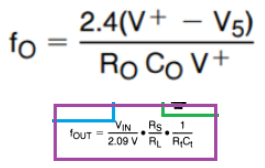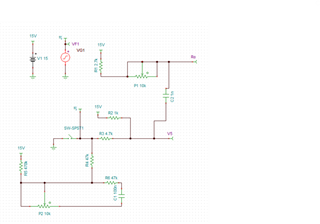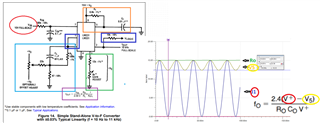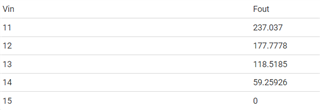Hi Team,
Our customer is looking for an alternative to LM566 and would like to know if he can use the LM331 voltage to frequency converter.
According to our customer, in LM566 when the control voltage increases, the output frequency decreases. While in LM331 when the control voltage increases, the output frequency also increases.
Regards,
Danilo





















